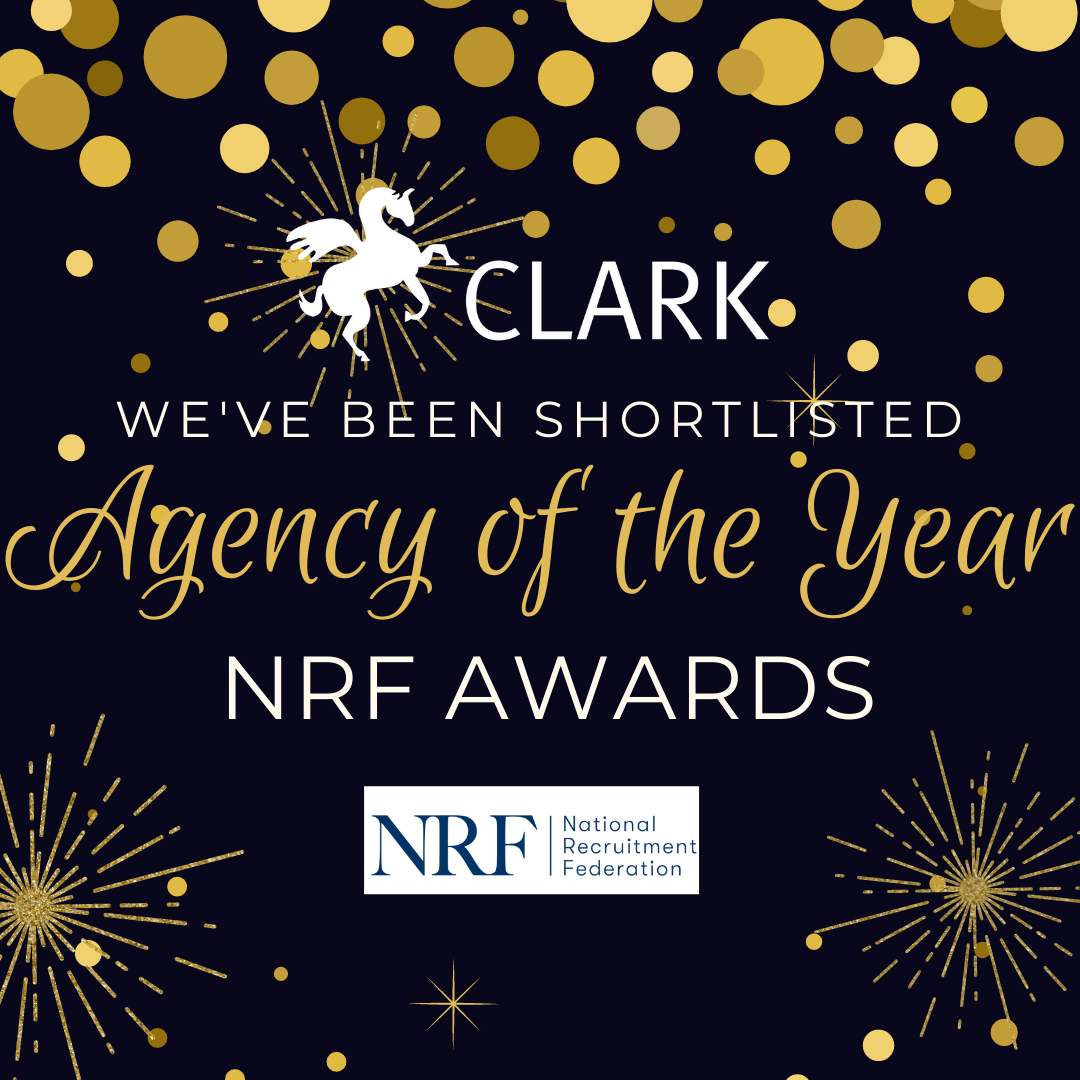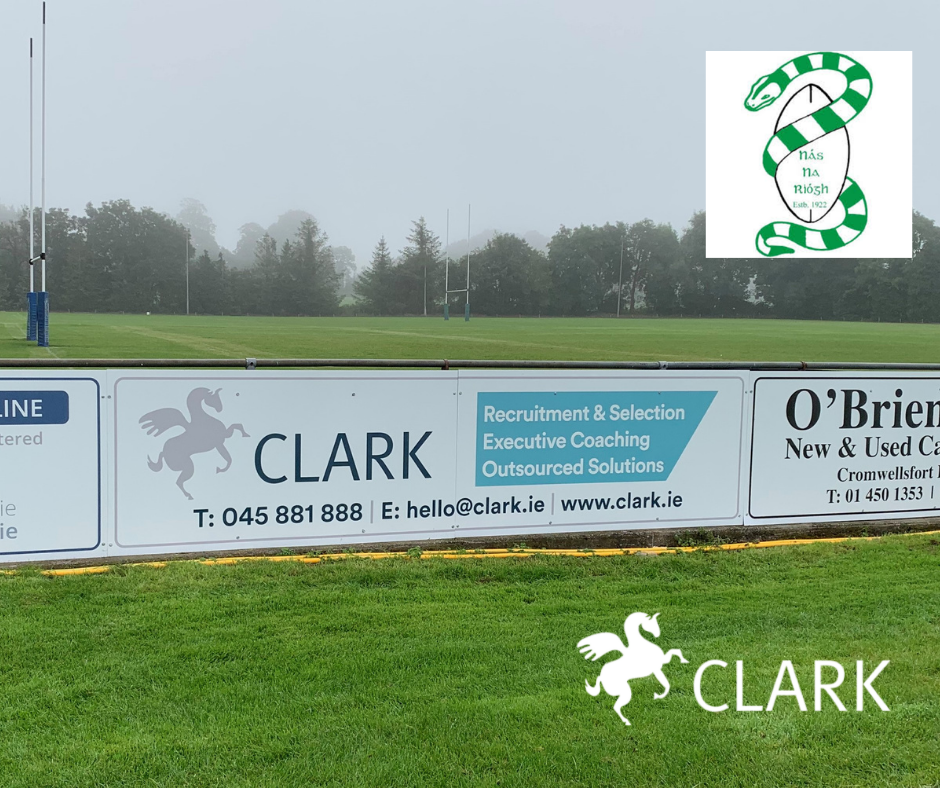Introducing Innermetrix psychometric profiling tools
To Retain Employees, Focus on Inclusion — Not Just Diversity
Employees who differ from most of their colleagues in religion, gender, sexual orientation, socio-economic background, and generation often hide important parts of themselves at work for fear of negative consequences. This makes it difficult to know how these employees feel and what they want, which makes them vulnerable to leaving their organisations. The key to inclusion is understanding who your employees really are. Many organisations conduct employee engagement surveys, but most neglect to segment the data they collect by criteria such as gender, ethnicity, generation, geography, tenure, and role in the organisation, missing opportunities to identify issues among smaller groups. Focus groups are another way to gain deeper insight into what employees care about. They are best facilitated by a third party with no vested interest in the outcome so that employees can speak freely. A one-on-one discussion with a manager can be the most powerful tool for finding out what an employee cares about. But for these conversations to be effective, the manager needs to have an open-door policy and exude a “tell me anything” persona.
To read the full article please click:
https://hbr.org/2018/12/to-retain-employees-focus-on-inclusion-not-just-diversity
When Crisis Strikes, Lead With Humanity
In a moment like the coronavirus crisis, leaders have to navigate a paradoxical tension: providing direction, guidance, and reassurances while simultaneously acknowledging that the path forward isn’t clear. Balancing this tension requires you to lead with humanity in three important ways: 1) Put people first; 2) Be upfront and vulnerable; and 3) Go out of your way to support and connect.
To read the full article please click:
https://hbr.org/2020/04/the-best-leaders-meet-a-crisis-with-humanity
What PwC Learned from Its Policy of Flexible Work for Everyone
When it comes to flexible workplace policies, the key is to actually be “flexible.” It seems counterintuitive, but having rules in place can work against you. That’s why PricewaterhouseCoopers instilled a policy they loosely call “everyday flexibility.” It isn’t something the company mandates that all teams adopt; it’s a mentality and a way of life that is meant to be individualized for each person. The key is understanding that it’s impossible to have a one-size-fits-all approach to flexibility. Every employee, at any age, benefits from and is looking for its availability. Flexibility for a caregiver might mean being able to leave work early to take an elderly parent to a doctor’s appointment. For a parent, it might mean taking a midday run, so evenings can be spent with their children. And for others, it could simply be taking an hour in the afternoon to go to a yoga class and recharge. So, make sure that internal communications about flexibility speak to all employees. Remember, if you trusted an individual enough to hire them, you also should trust them enough to get work done when and where they prefer
To read the full article please click:
https://hbr.org/2019/01/what-pwc-learned-from-its-policy-of-flexible-work-for-everyone
7 Strategies to Improve Your Employees’ Health and Well-Being
At a time when worker burnout and turnover is a major problem, companies can reduce both by redesigning work in ways that promote employee well-being and health. A review of research on the specific work conditions that affect employee well-being and how to improve them generated seven practical approaches that employers can apply to redesigning jobs.
Many management practices that improve worker well-being also benefit employers. That shouldn’t be surprising. In the long run, companies that care about their employees’ health and well-being will be more likely to have employees who care about the company’s health and well-being too. And that’s an outcome all good leaders want.
To read the full article please click:
https://hbr.org/2021/10/5-things-high-performing-teams-do-differently
Clark Shortlisted for Agency of the Year
5 Things High-Performing Teams Do Differently
New research suggests that the highest-performing teams have found subtle ways of leveraging social connections during the pandemic to fuel their success. The findings offer important clues on ways any organization can foster greater connectedness — even within a remote or hybrid work setting — to engineer higher-performing teams. Doing so takes more than simply hiring the right people and arming them with the right tools to do their work. It requires creating opportunities for genuine, authentic relationships to develop. The authors present five key characteristics of high-performing teams, all of which highlight the vital role of close connection among colleagues as a driver of team performance.
To read the full article please click:
https://hbr.org/2021/10/5-things-high-performing-teams-do-differently
The Benefits of Laughing in the Office
Don’t be afraid to laugh out loud in the office. A series of studies shows the positive impact humor can have in the workplace. For one, it can reduce stress. “When you start to laugh, it doesn’t just lighten your load mentally, it actually induces physical changes in your body,” the Mayo Clinic explains. It enhances your intake of “oxygen-rich air,” increasing your brain’s release of endorphins. Laughter has also been shown to boost productivity. A group of researchers found that after watching a comedy clip, employees were 10% more productive than their counterparts. And another group of researchers found that cracking jokes at work can even make people seem more competent. So, within the bounds of decency, laughter on the whole is a good thing, and the benefits far outweigh the risks.
To read the full article please click:
https://hbr.org/2018/11/the-benefits-of-laughing-in-the-office
We are growing our team at Clark
Clark supports Naas Rugby Football Club with new pitch sign
Wishing all teams every success for the season ahead.
















